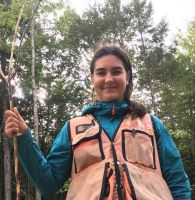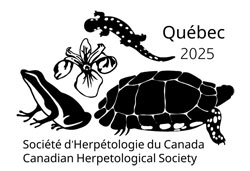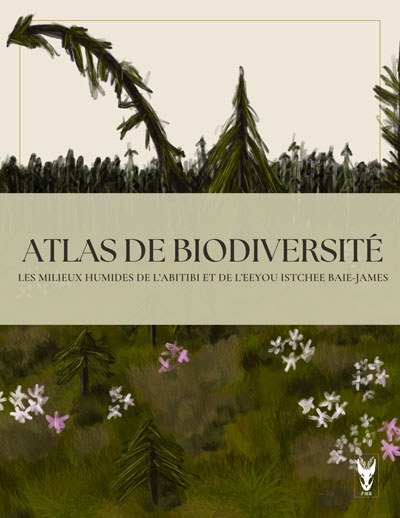Les collections du CEF
Certains chercheurs du CEF possèdent d'importantes collections de toutes sortes. Ces collections sont le résultat de plusieurs années de recherche en biologie et écologie forestière. Pour certains, elles représentent une source importante de souches microbiennes et d'échantillons variés alors que pour d'autres, elles sont un legs à la recherche.
Voici donc la liste des collections du CEF ainsi qu'une brève description de celles-ci.
Collection de cultures du CEF
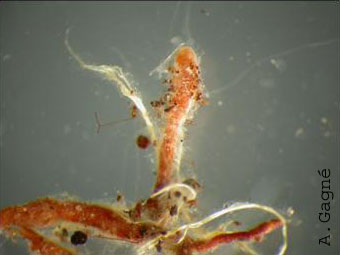
Amphinema byssoides sur Picea glauca, exemple de symbiose ectomycorhizienne.
Cette collection, sous la direction de Damase Khasa, renferme une quantité impressionnante d'espèces de champignons ectomycorhiziens (ECM), endomycorhiziens (EAV), de bactéries symbiotiques, ainsi que des racines transformées de diverses espèces végétales, nécessaires à la croissance in vitro des EAV. Les mycorhizes sont des associations symbiotiques entre les racines des végétaux et certains champignons du sol. Elles favorisent, entre autres, l'absorption des éléments minéraux de la rhizosphère et du sol, et améliorent ainsi la nutrition de la plupart des espèces végétales. En retour, le végétal fournit le carbone nécessaire, sous forme de sucres issus de la photosynthèse, à son partenaire fongique.
Cette collection de cultures découle des travaux de plusieurs membres chercheurs et étudiants, au fil de décennies de recherche sur les symbioses végétales. Elle représente une ressource indispensable en particulier pour les travaux d’application des symbioses végétales à la restauration de sols dégradés, un des axes de recherche principal de l’équipe de Damase Khasa, à l’Université Laval.
Pour déposer une souche à partager à la communauté, demander un isolat en particulier ou toute autre question, n’hésitez pas à contacter Sandrine Toupin.
Listes des cultures par type
Quelques recettes de milieux de culture utilisées par la collection
Dernière mise à jour : Septembre 2024
La faune du sol (collemboles)
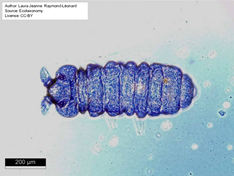
Auteur: Laura Jeanne Raymond-Léonard
Au fil de ses activités de recherche, le laboratoire de Tanya Handa a recensé des centaines d’espèces d’invertébrés vivant dans le sol, la litière forestière et le bois mort. En plus des spécimens montés sur lames (collemboles, acariens) et sur épingles entomologiques (carabes), une collection photographique a été mise sur pied. Cette dernière vise à former les étudiants plus efficacement à l’identification taxonomique des invertébrés du sol.
En collaboration avec la base de données internationale Ecotaxonomy ![]() , les espèces de collemboles de l’Amérique du Nord identifiées au sein du laboratoire de Tanya Handa sont décrites en ligne avec photos et descriptions détaillées à l’appui, le tout en libre accès!
, les espèces de collemboles de l’Amérique du Nord identifiées au sein du laboratoire de Tanya Handa sont décrites en ligne avec photos et descriptions détaillées à l’appui, le tout en libre accès!
Pour voir l’ensemble de nos espèces:
- Aller sur le site de Ecotaxonomy

- Cliquer sur Ecokey (bouton mauve en haut de page)
- Sélectionner le groupe « Collembola »
- Sélectionner la location « Northern America »
- Cliquer sur bouton mauve « Show species » en bas de page

L’outil permet de se familiariser à l’identification taxonomique des collemboles et aux critères morphologiques importants avec les « Ecokeys ». Celles-ci permettent de cibler les espèces répertoriées qui correspondent à un ensemble de filtres (critères morphologiques).
Pour plus de questions sur l’outil d’identification et les espèces répertoriées, veuillez contacter Laura Jeanne Raymond-Léonard.






